How to use a dishwasher
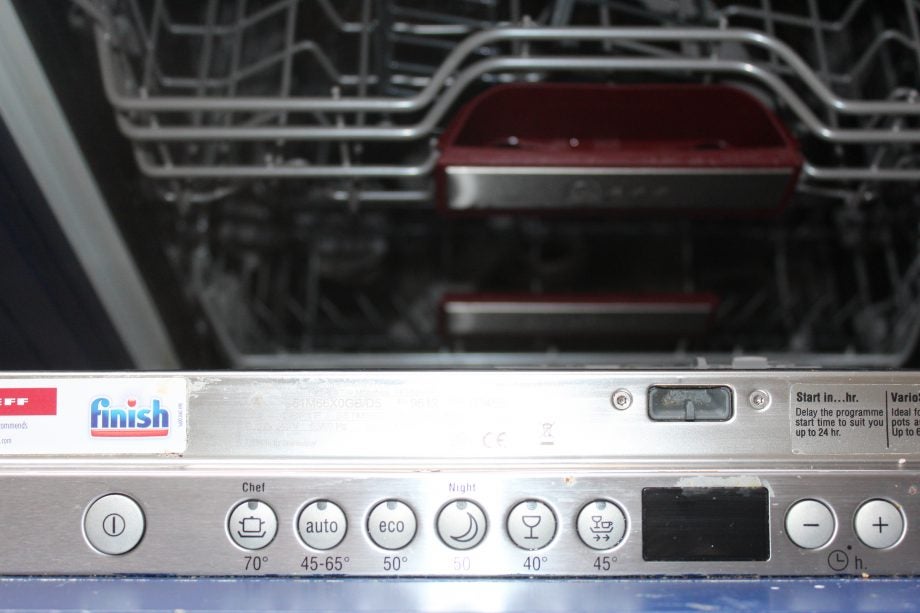
Using a dishwasher is simple, right? Dirty crockery goes in, you push a few buttons and wait for the magic box to do its stuff, with sparkling clean plates and bowls the result. However, we’ve all felt the disappointment of opening the door to find still-grimy pans and glasses with watermarks. Not only is re-washing frustrating, it’s also a waste of energy and money, so getting to know how to use a dishwasher is rewarding in multiple ways.
Your manual is the best starting point – it will tell you where to locate the various dispensers are and how to open them. Keep it nearby so you can refresh your memory when it comes to less frequent maintenance.
1. Familiarise yourself with programmes
Before you start loading your dishwasher, review the programmes your machine offers. Each works differently, making one more suitable for specific items than another, and will take a different length of time. Consider the programme you’re going to use before you load the machine – so you don’t put delicate glassware on a hot wash, for example. I’ll take you through common settings, although not all dishwashers have the same range of options.
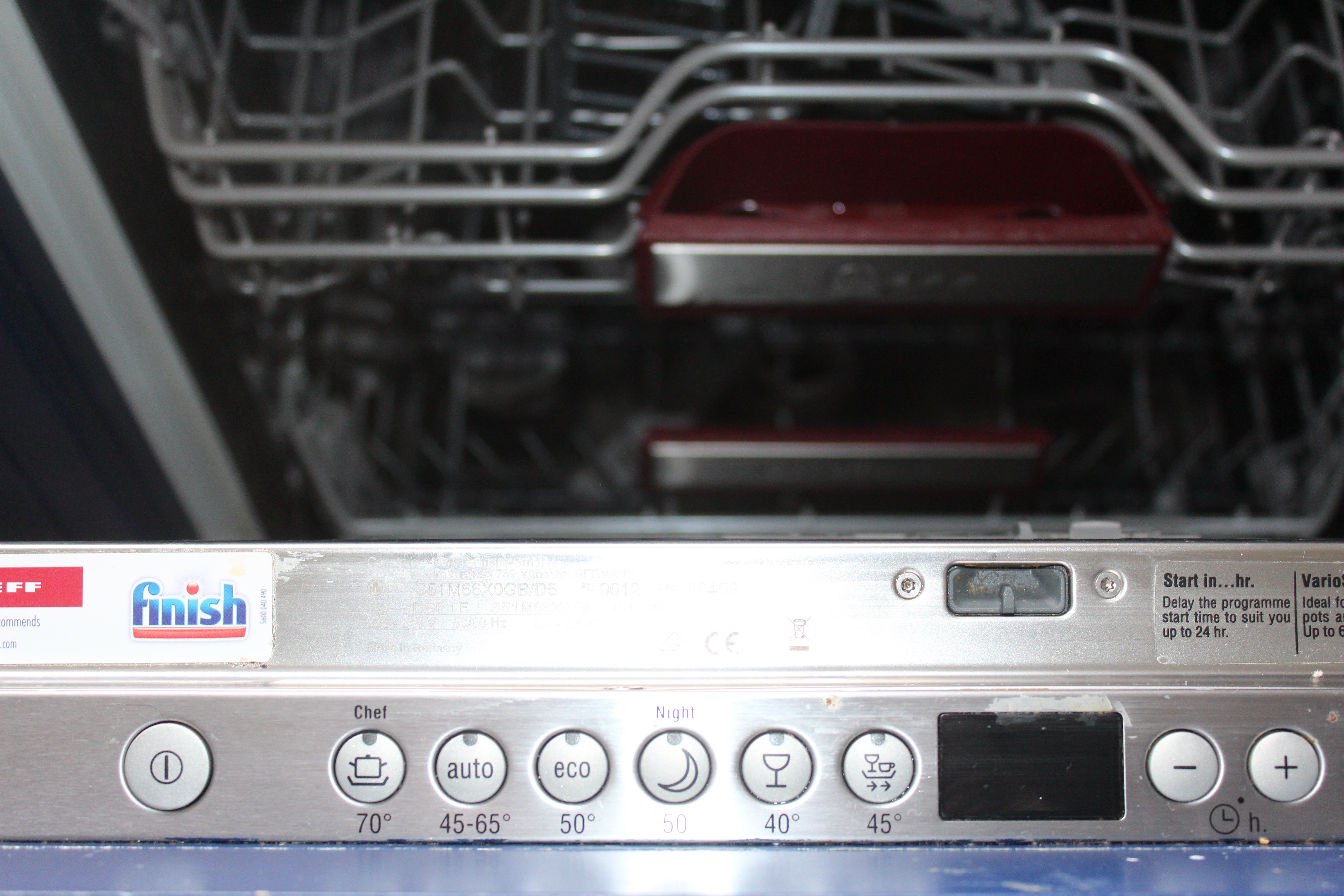
Related: Best dishwasher
Normal or main programmes are a good all-rounder if you have a mixed load. They wash at around 65ºC and will be suitable for most everyday items such as crockery, pans and cutlery. Some models may have a sensor wash that automatically adapts the duration and temperature to the amount of dirt in the water.
Eco or energy-saving washes reduce the amount of water used and clean at a lower temperature to save energy. They’re great if you’re not in a rush for your dishes, since they often take longer than a normal cycle. Since the temperature is lower (around 50ºC), you can include items that might be prone to warping, such as plastic tubs. Rather than forced air drying, this programme will usually pop open the door after completion to let the contents air dry.
Quiet or night washes also tend to be longer cycles at lower temperatures in order to keep noise levels low.
Heavy-duty or Chef cycles are your go-to for very dirty dishes, such as greasy pans and casseroles with burnt or baked-on food – especially anything starchy or protein-based. The water will be hotter (around 70ºC), so don’t add anything to the wash that might be damaged by this temperature.
Delicate programmes wash at a lower temperature (between 40-45ºC, sometimes with a hotter final rinse) and are ideal for plastic, glassware and lightly soiled utensils. This is great as a post-party wash for wine glasses and dishes that aren’t too dirty.
Quick or express washes are also useful for less dirty items or when you need pans back in a hurry. Since the running time is reduced, water and energy consumption tends to be higher. Similarly, half-load programmes can be useful if you don’t have much to wash but will always be less efficient than running a full load.
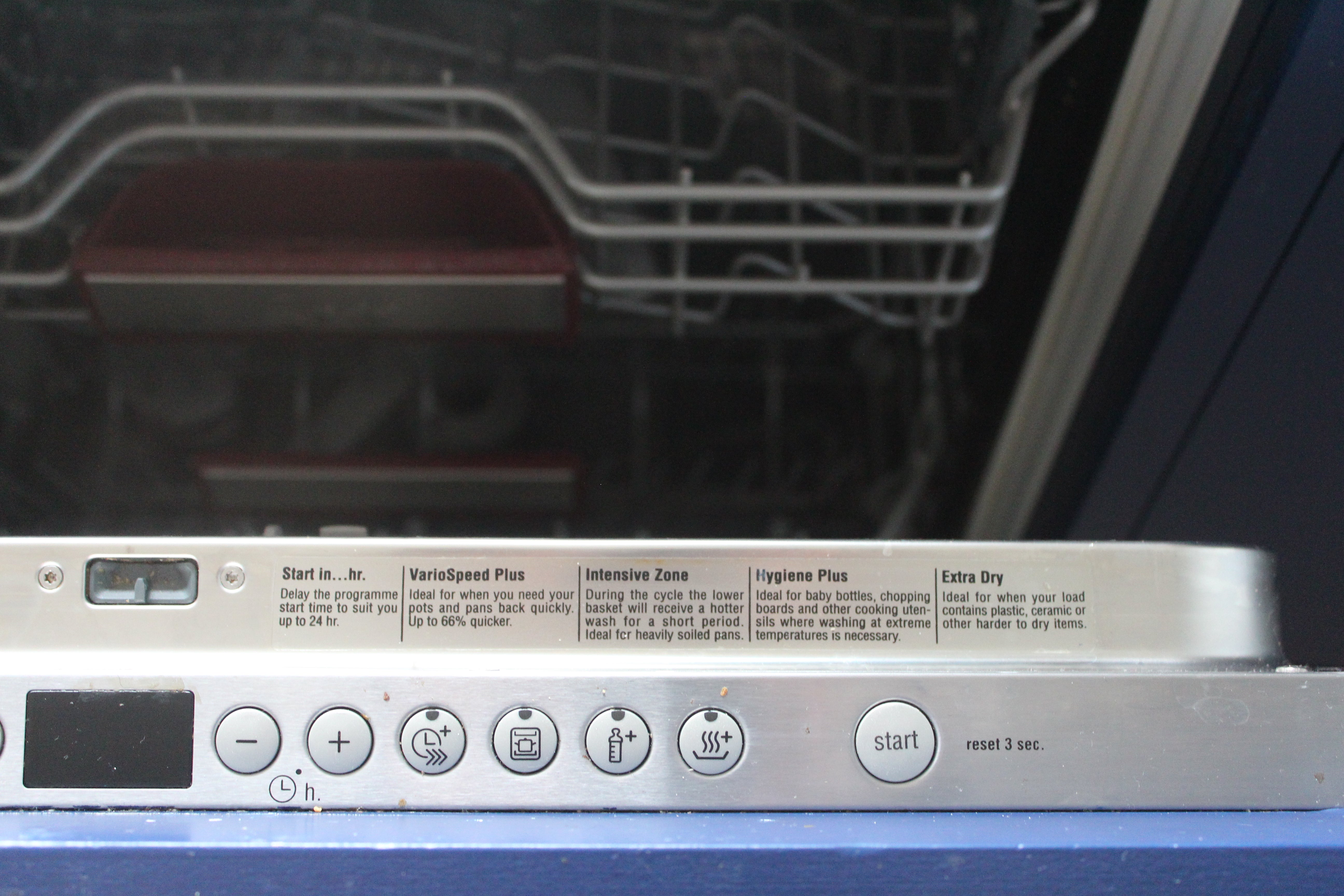 Other handy options you may find on your dishwasher are:
Other handy options you may find on your dishwasher are:
- Hygiene/sterilising settings: good for cleaning chopping boards and baby bottles. This increases the wash temperature for a prolonged time for a really thorough clean.
- A choice of drying options: dishwashers air dry by the door popping open at the end of a cycle to save energy, but you may also have an extra drying feature, which raises the temperature for the final rinse with a longer drying phase. This increases energy consumption, but means most items can be put away straight from the machine.
- An intensive zone: this is handy when you have a mixed load, with dirty pans in the lower basket but less soiled crockery above. It increases the spray pressure at the bottom to help lift baked-on food.
- Delay start: Much like on a washing machine, some dishwashers will allow you to delay when the cycle begins. This is handy if you want the wash to start when you’re not around.
2. What products should I use and where do they go?
You need dishwasher detergent to shift food residue from your pots and pans, whether that’s in tablet, liquid or powder form. It works in a different way to the liquid you wash-up with, holding to the dirt on your dishes until it’s removed in the final rinse. It produces little or no suds, so the machine doesn’t become filled with foam.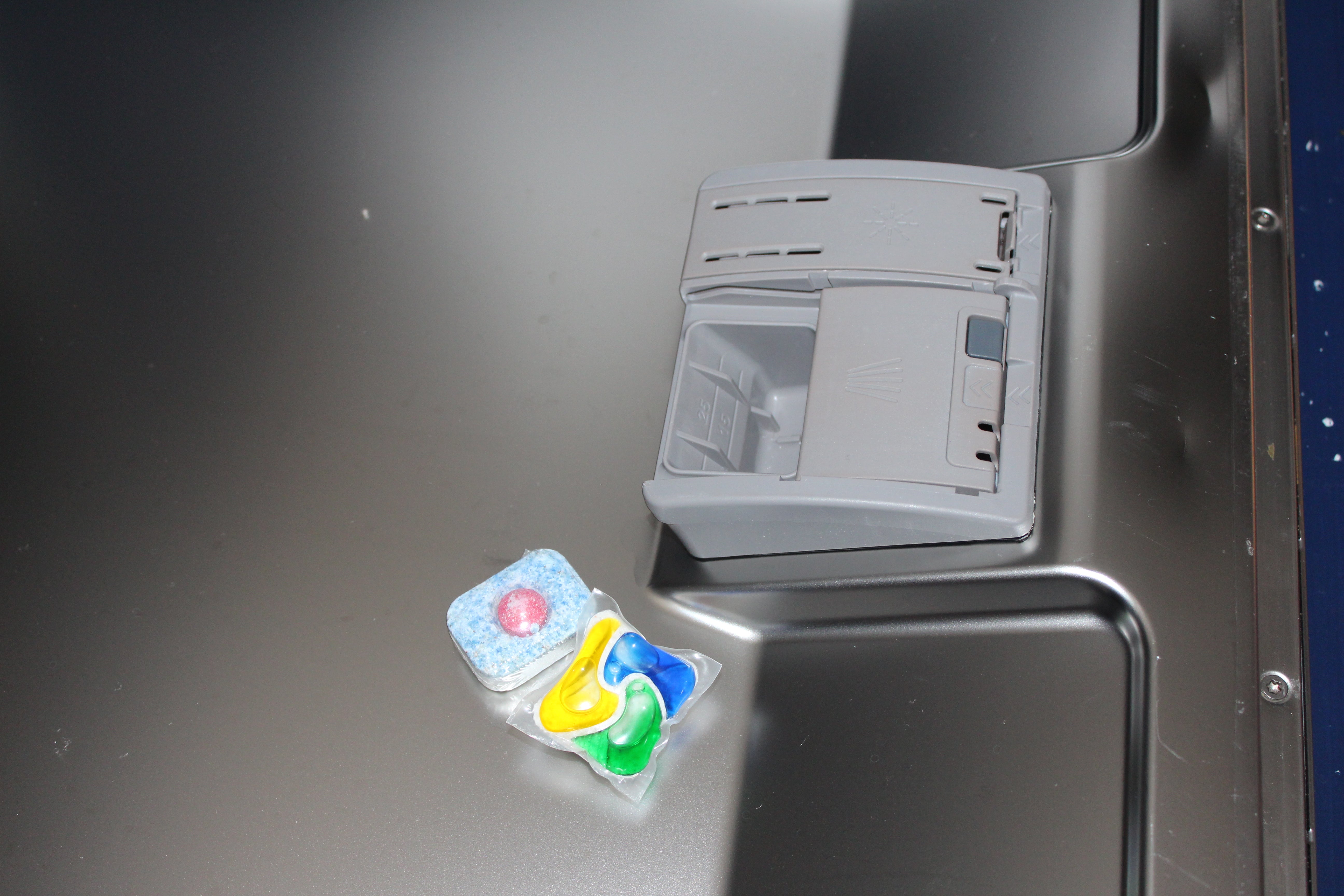
Check your manual to see how much detergent your machine requires: too little and it won’t lift dirt effectively; too much will leave residue and spots on glassware. The dispenser is usually in the door.
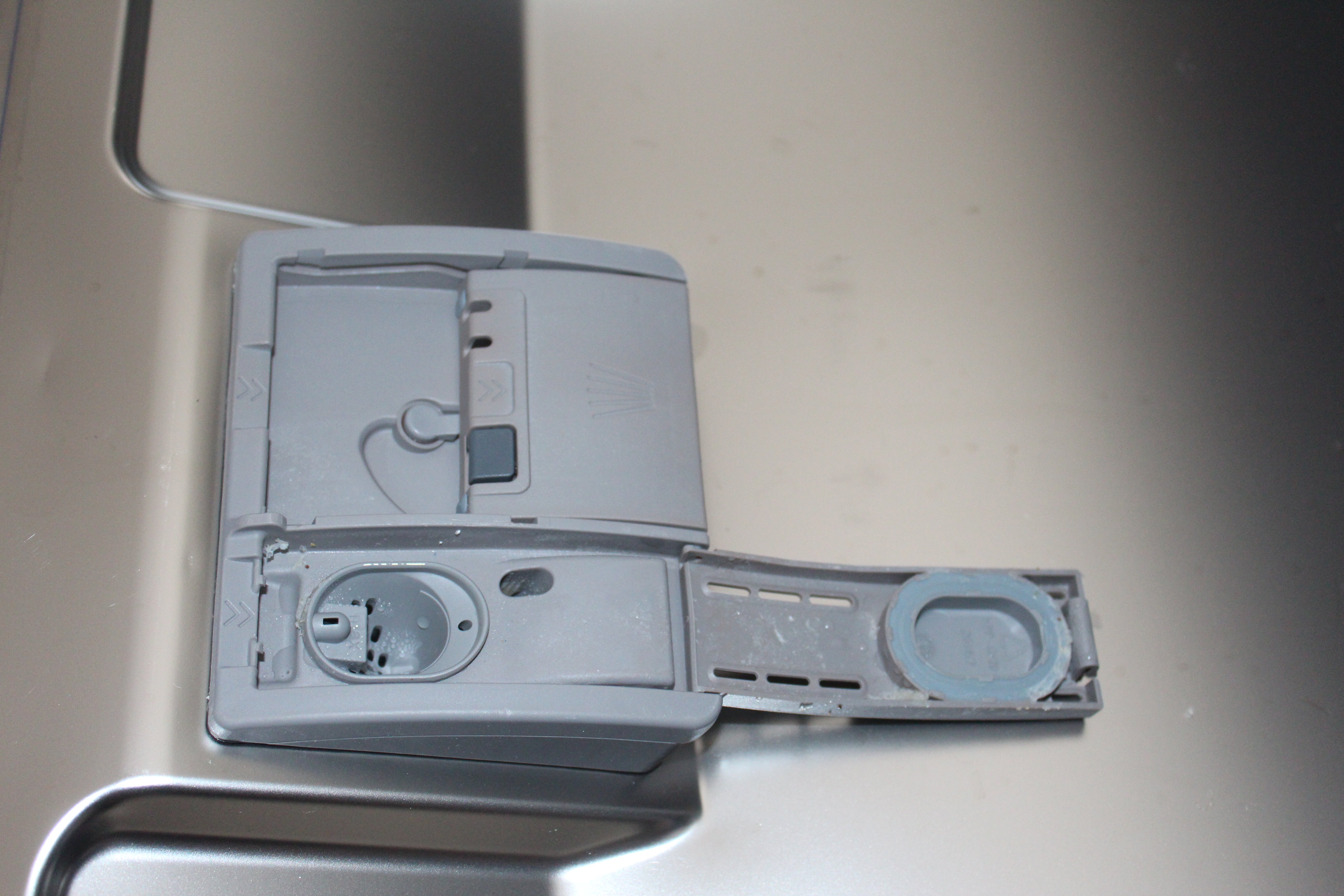 Rinse aid helps your dishes to dry evenly and prevents stains and spots on glassware and cutlery. Its dispenser is often located next to the detergent tray. Even if you’re using all-in-one tablets (which include salt and rinse aid alongside detergent), if you live in a very hard water area, it’s best to add separate rinse aid and dishwasher salt.
Rinse aid helps your dishes to dry evenly and prevents stains and spots on glassware and cutlery. Its dispenser is often located next to the detergent tray. Even if you’re using all-in-one tablets (which include salt and rinse aid alongside detergent), if you live in a very hard water area, it’s best to add separate rinse aid and dishwasher salt.
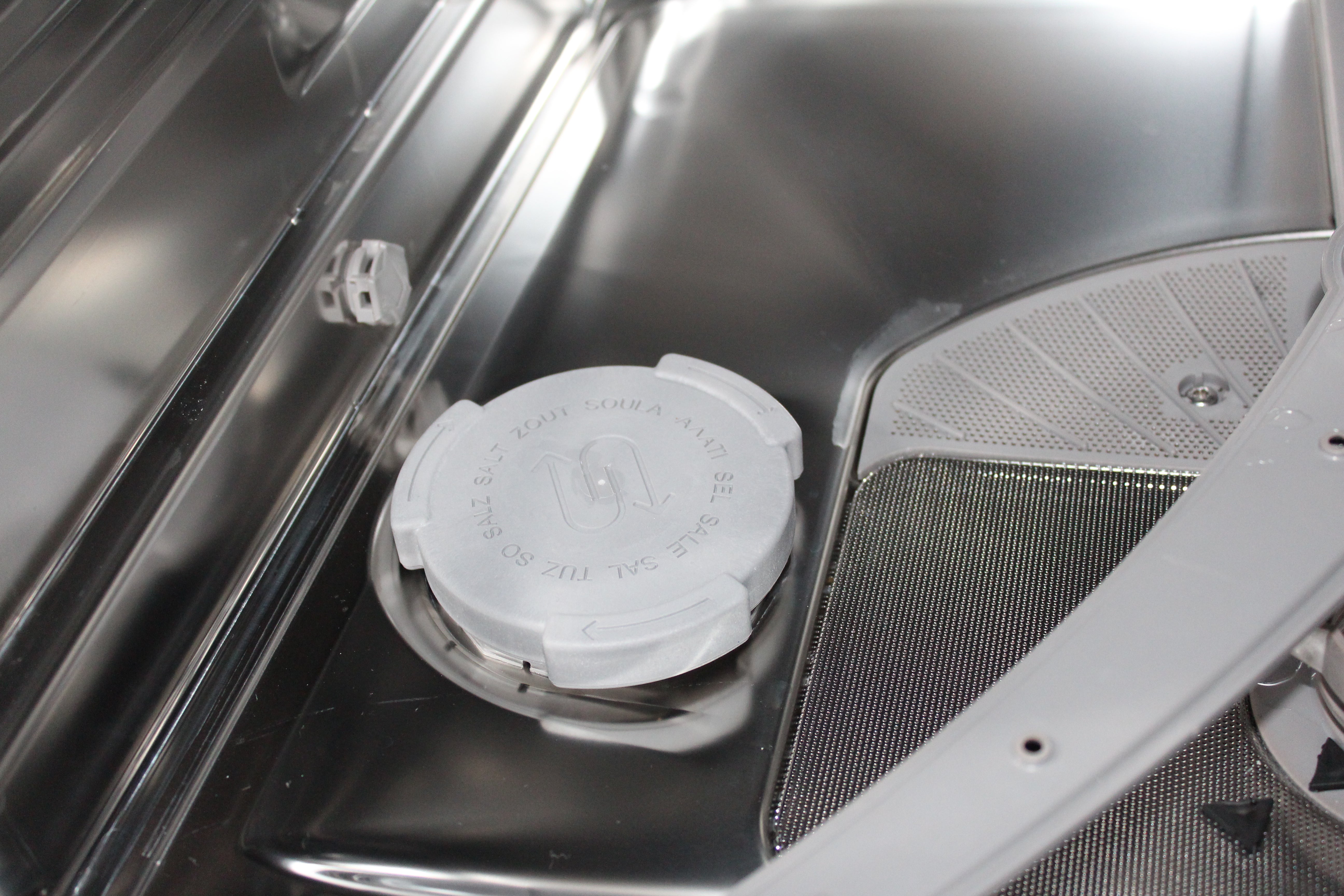 Your machine works most efficiently with soft water (with low lime, preventing limescale being left behind), so salt is an essential ingredient. It’s important to note that dishwasher salt is different from table salt – so don’t be tempted to reach for that instead.
Your machine works most efficiently with soft water (with low lime, preventing limescale being left behind), so salt is an essential ingredient. It’s important to note that dishwasher salt is different from table salt – so don’t be tempted to reach for that instead.
The salt container tends to be located near the filter – it can be tricky to fill so use a funnel to prevent spillages (your dishwasher should have shipped with one). Keep filling until you see salt rising up above the filler.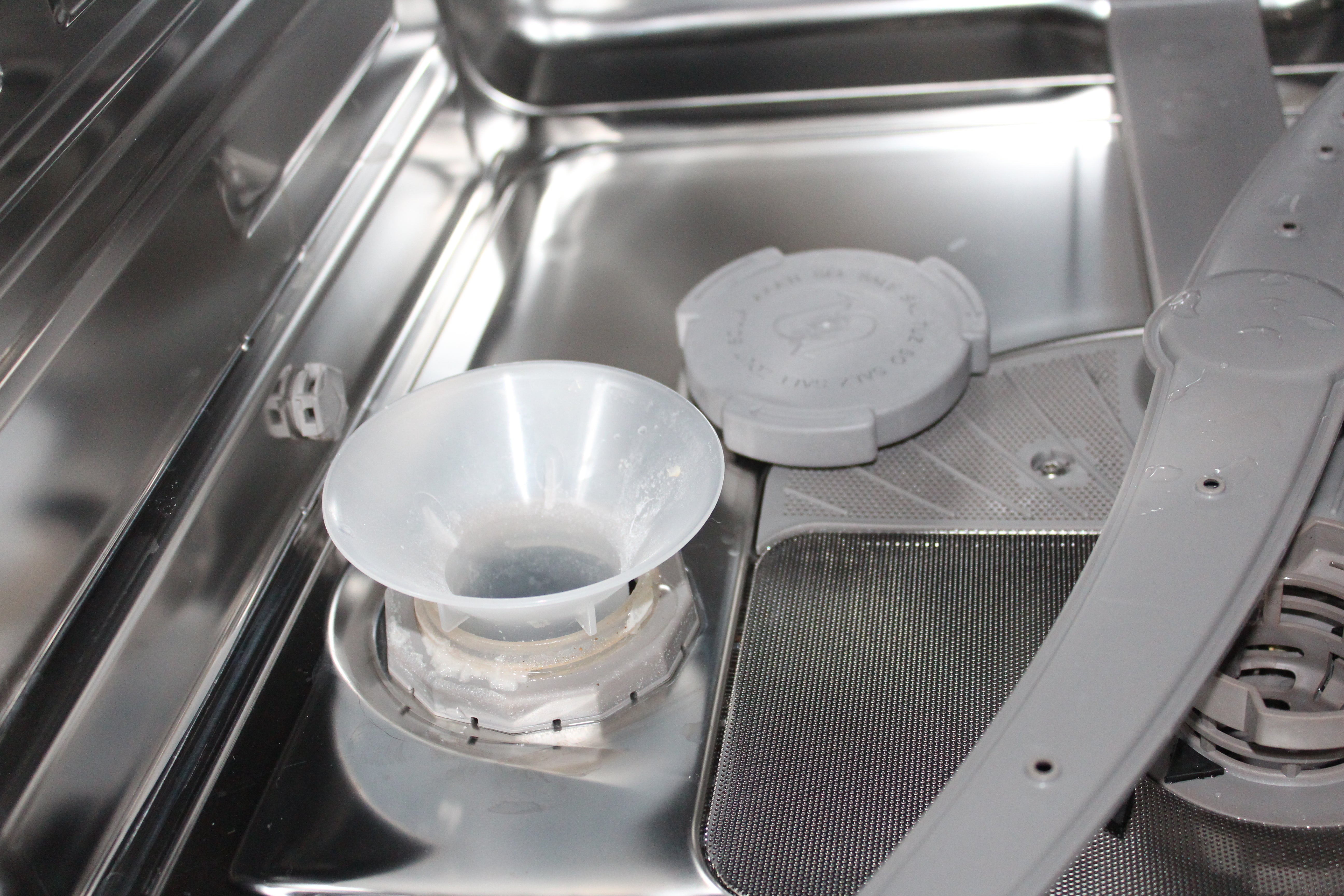
Some machines feature alerts to remind you to refill the rinse aid and salt. If not, make a note to check them regularly.
3. Basic maintenance
Even though hot water and detergent swirl around your dishwasher every time you run it, it doesn’t mean the inside keeps itself spotlessly clean. Over time, the sides and door can become home to grease, limescale and detergent build-up, so set aside time once a month or so to clean it.
First, check the spray arms for blockages – if you find any, remove and rinse the arms to clear the holes. Next, empty the filter of debris. You’ll find this in the base of the machine – remove it, rinse it under running water and replace, making sure it twists securely into position. You’ll find more details in my guide on how to unblock a dishwasher. Finally, run the hottest wash possible with detergent but no dishes, or use a dishwasher cleaner product.

